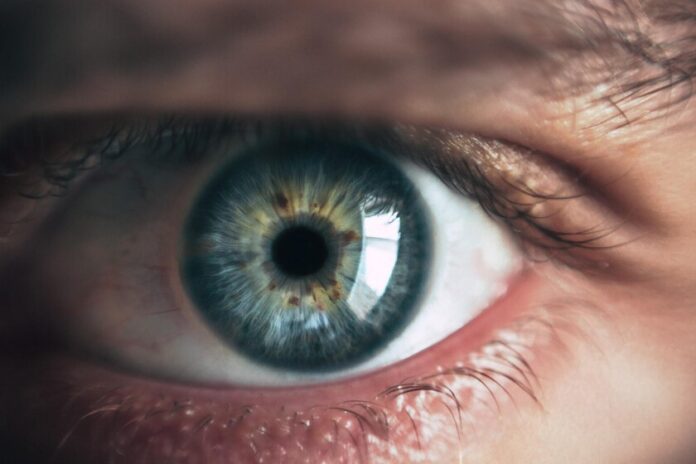The human eye is a very complex organ. Part of its capabilities lie in its complexity, but it is the source of problems, and studying the eyes is not an easy task. This implies, for example, that the eye is one of the organs that we cannot transplant. That may change one day, and it is that a group of scientists has achieved that cells of the retina of a deceased person are capable of “seeing” light. The new study, published in the journal Nature, gives us new clues about life and death in this unique organ and outside of it.
Origin: Pig brains.
The origin of the study had to do with a previous experiment in which scientists managed to keep pig brains alive after death. The scientists who spearheaded this experiment explain that this inspired them to try something similar on human eyes.
The human retina.
And it is that the human retinas are both part of the eye and part of the central nervous system, so what was learned in the first experiment could be very useful. The ocular study was carried out specifically in the photoreceptor cells of the macula, the part of the retina linked to central vision and the vision of colors and details. The experiment achieved its goal of “waking up” these cells after death, explains University of Utah biomedic Fatima Abbas, author of the study.
What happens (in the eyes) after death?
The first tests managed to make these photoreceptors reactivate, but the team wanted to go further, they wanted to make these cells communicate. For this they had to ask themselves what happens to the cells after death that does not allow them to function.
They found that hypoxia, or lack of oxygen, was the phenomenon that affected the experiment. That is why they worked to minimize the time between the death of the donors and the study. With this they managed to record, for the first time in the eye of a deceased person, the signal emitted by these photoreceptors, called “Wave b”.
Between life and death.
The briefly resurrected photoreceptors are neurons, adding a new dimension to study outside the field of vision. The authors not only point out that the study may have applications in other areas of the central nervous system, but also question the current conception of death as a process triggered by the irreversible loss of neuronal activity.
I give you my eyes.
Today it is not possible to transplant eyes, but this research can help improve retinal transplants, a very limited procedure today. However, there is still a long way to go to get there. Perhaps these advances will alleviate the curious obstacles that patients with vision problems can face.
Improve the study of the eyes.
For now, the authors of the study point out that it will allow progress in the study of the eyes and sight. A problem faced by researchers in this field arises from the differences between the human eye and the eye of animals that are usually used for medical study. Added to this is that brain death affects existing neurons in the eye, making it difficult to study the retina in human eyes. It may even help us understand a little better what lies on the border between life and death.














